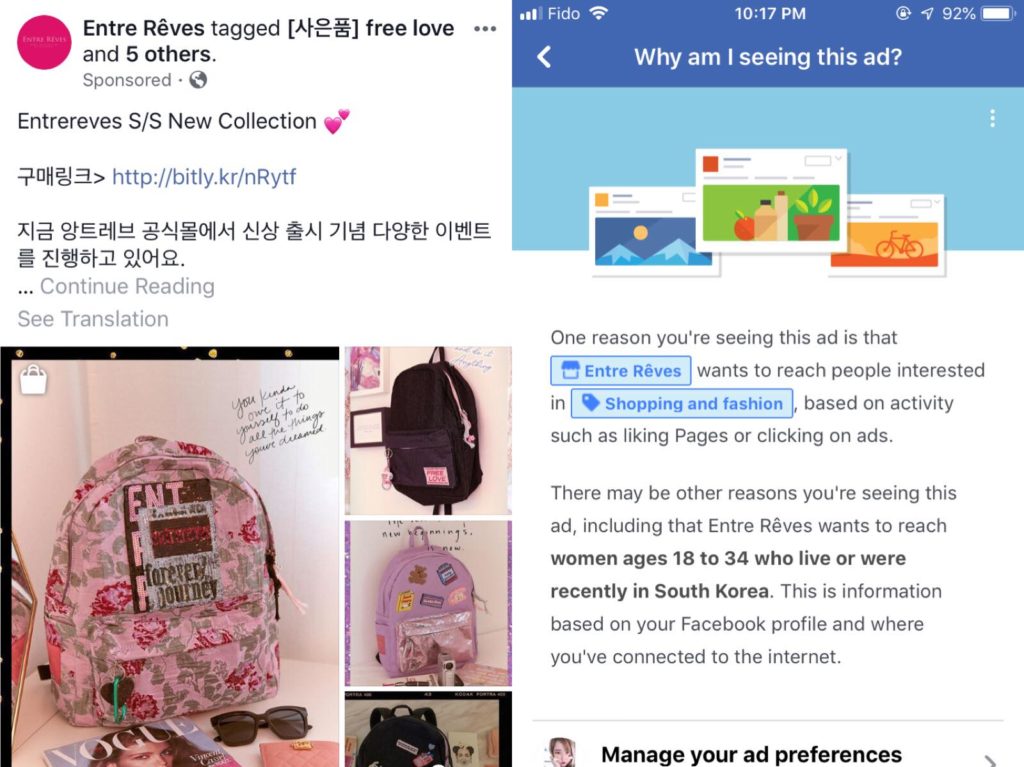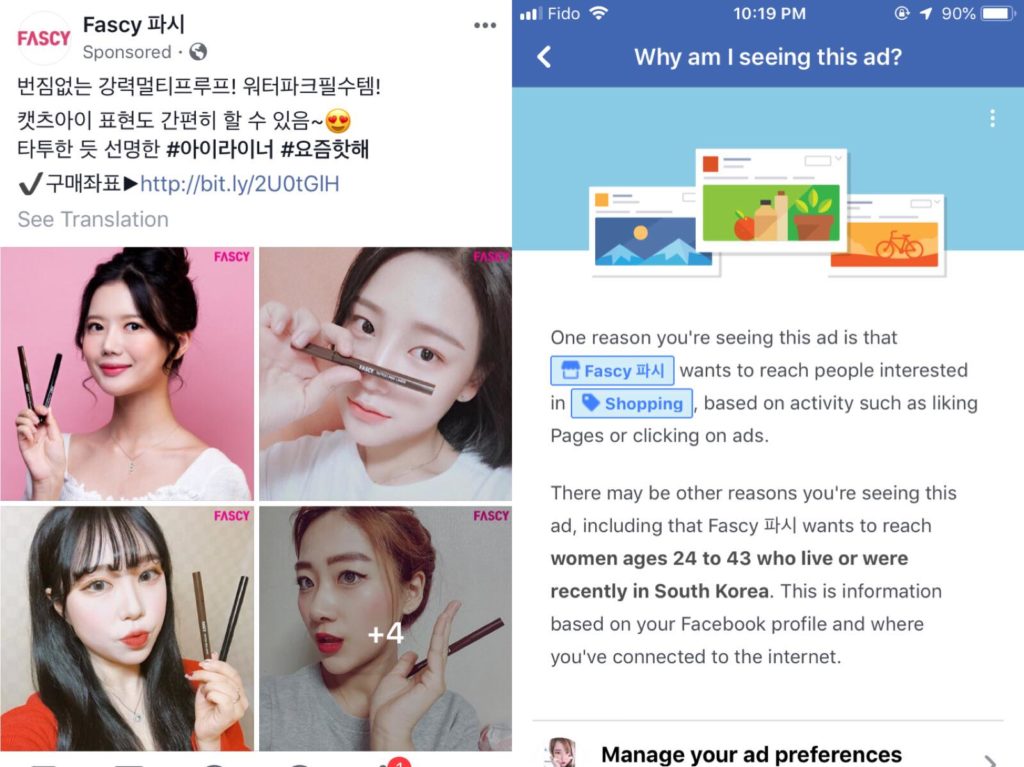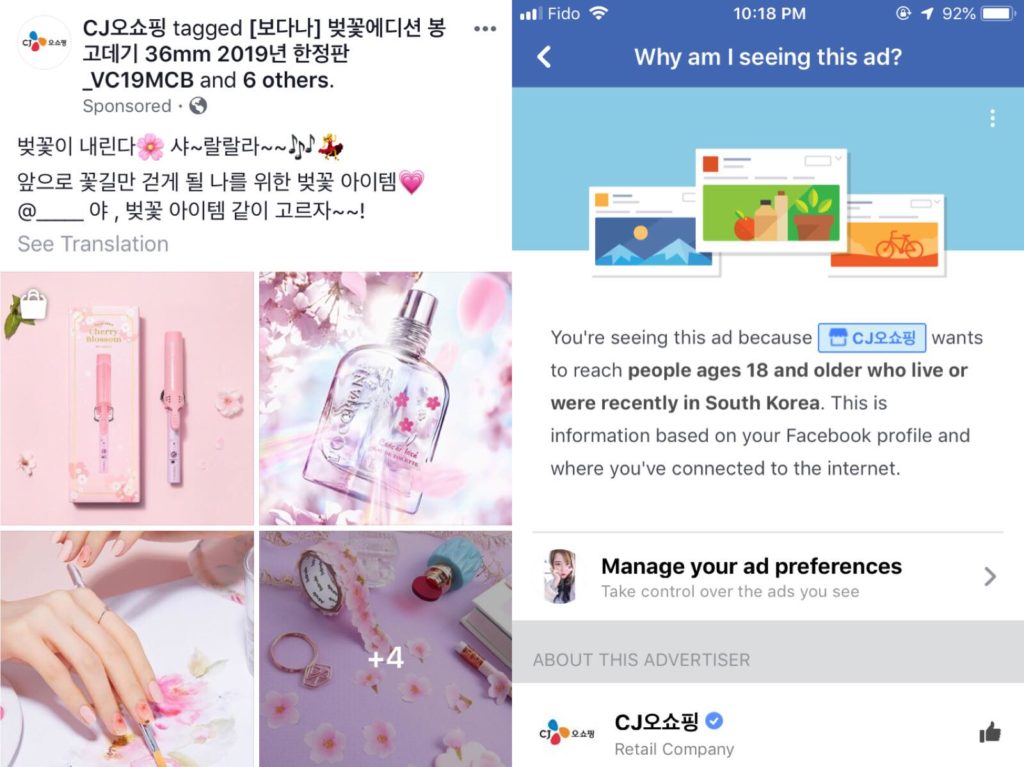This week, I want to combine the topics of data trails and blog analytics. I want to talk about the growth of blogs through analytics, as well as talk about the flip side of how everything we do online can be traced and how this happens. I always wondered how whatever I search would relate to the ads that pop up on my screen and I learned why!
Audience & Analytics
This first part will talk about Google Analytics and understanding how it can lead to a growth of audience. We had the pleasure of Monique Sherrett from Boxcar Marketing come in to talk about audience and analytics. She gave a great and informative guest lecture on SMART objectives and goals. The SMART objectives relate to: Specific – which is the specific target to hit, with a clear benchmark or starting point; Measurable – a metric that can be tracked; Actionable and achievable – such as what is possible to improve based on this action; Relevant and realistic – based on benchmark or history of performance, creating a reasonable goal; Time-based – the timeframe of achieving this. This is the same basic premise in analytics: we can analyze the bounce rate, goals, pages, and users to improve the quality of traffic. We have to think about the audience and their context and what suits them. We need to bring awareness, engagement, conversion, and retention to our blog. Google Analytics is a very valuable and useful tool for building our audience. We can use it to track how many people view our blog and the unique statistics such as: Where are the people viewing your blog from?, What are they looking at your blog on?, and Which is the most popular platform to view your website? With this, I wanted to learn more about my own blog analytics, which I will be discussing more in depth on my final essay! So stay tuned for that! 🙂
Data Trails
This next section will talk about data trails and its impact. The footprint of our digital wanderings is left for the online world to be seen and taken for who knows what. When I read Suzanne’s story about her trip to Amazon, it made me really think about how our data is obtained, even without us wanting to give it.
Data or digital trails are a digital trace that you leave behind, much like breadcrumbs. We may intentionally or unintentionally use a mobile phone, computer or any kind of technology, and it will indefinitely leave a digital trail behind. We can be traced and tracked through the apps and technology that we use. I always wondered how Google’s algorithm is formulated to know exactly what ads will be on my screen, and how especially Facebook ads seem to adhere to my tastes. All the Facebook advertisements I seen when I am scrolling through my newsfeed are ones that actually draw my attention. Below are some screenshots of the different ads I came across on my Facebook newsfeed. It includes sponsored ads on shopping, fashion and makeup, which are all popular interests that I search for on the web. The ads are also catered to women residing or recently lived in Korea, with the age ranges of 18 and older, 18 to 32, and 24 to 43. This is due to the fact that my current city on Facebook is still set to Jeonju, Korea and my birthday with my birth year is shown on my profile. It was interesting to note that on my 4th time clicking “Why am I seeing this ad?”, Facebook temporarily blocked me stating that it “looks like you were misusing this feature by going too fast.” I was surprised to see that block because I did not think I was doing any harm by using this feature a few times.





I wanted to learn more about how Facebook presents shockingly accurate ads of my interests to show while I scroll through my newsfeed. I came across this article that made me think of what I should be posting online because everything and every detail I do can be traced online. Facebook determines what ads show up on your feed based on the information provided by your online activity. If we leave our age, location, page likes, apps used, interests and more, Facebook can profile us to categories that advertisers can then use to target specific ads to you. These targeting categories can be broken into subcategories including demographics, interests, and behaviours. Facebook is constantly keeping track of our activity, not only online, but offline as well. They can see what you buy in real life actual stores to influence and track the ads we see. They are able to collect a high amount of data through our online and offline activity, which can sound frightening, as who knows what can happen with this heavy amount of data. It gives much thought to: Are we being heavily profited out of through our vulnerability online? Does it matter that companies can use such details to make a living? Is there such thing as breached privacy. These are all questions to really think about!



